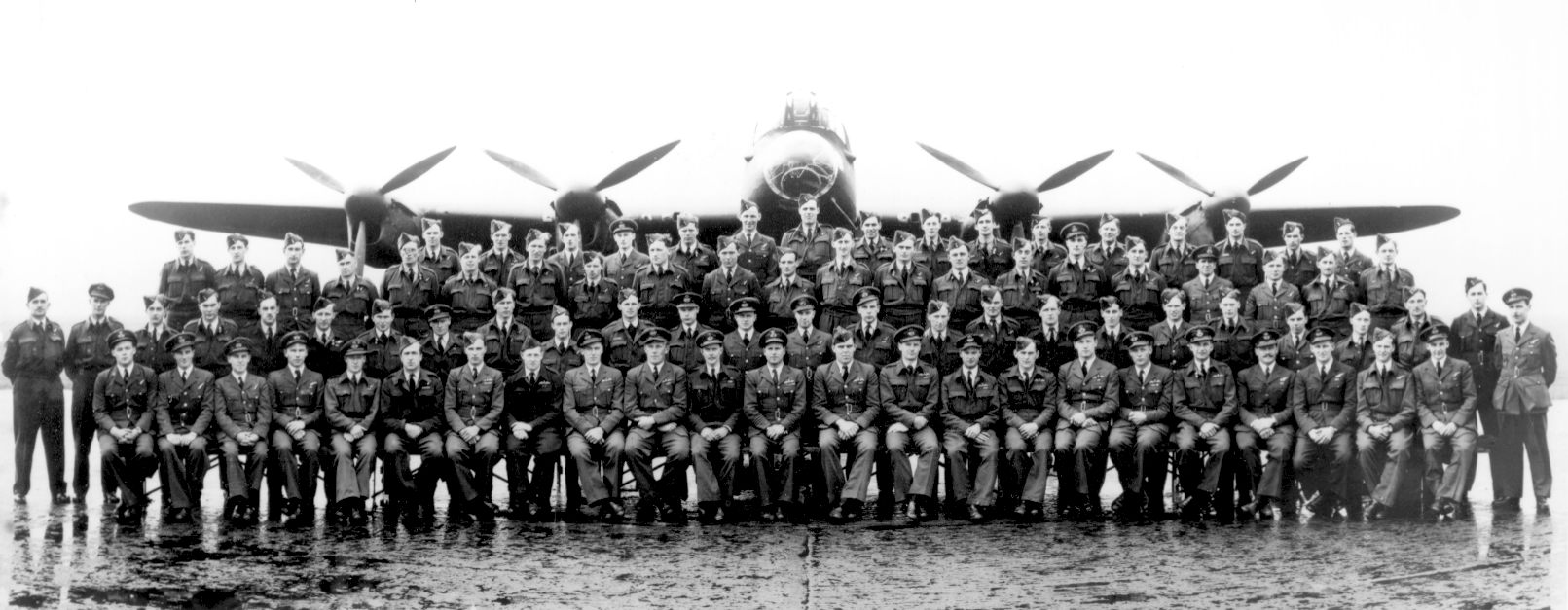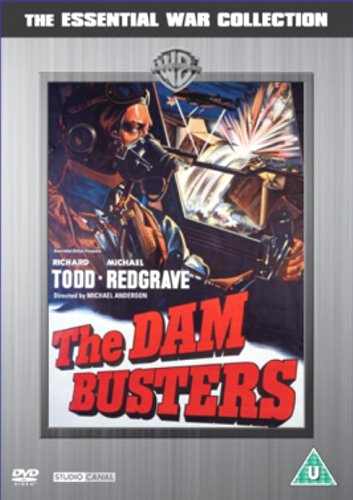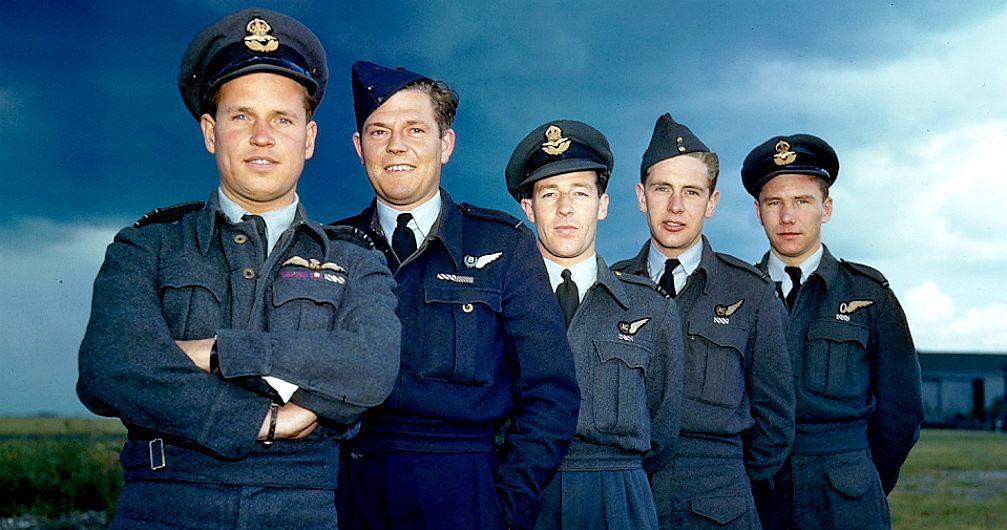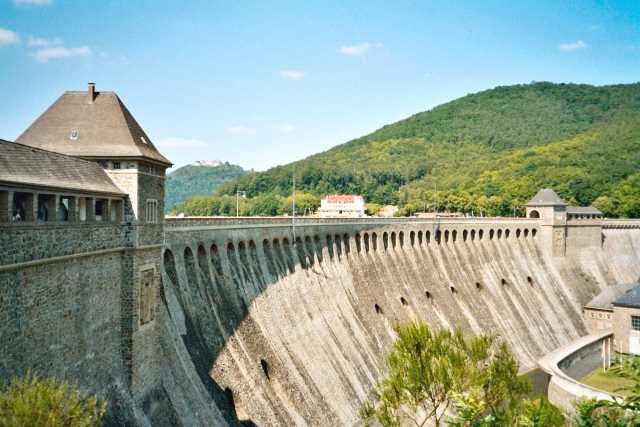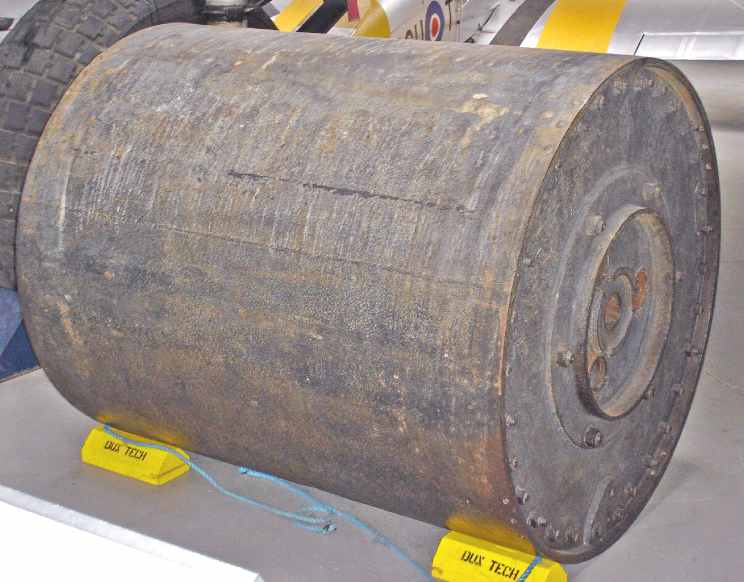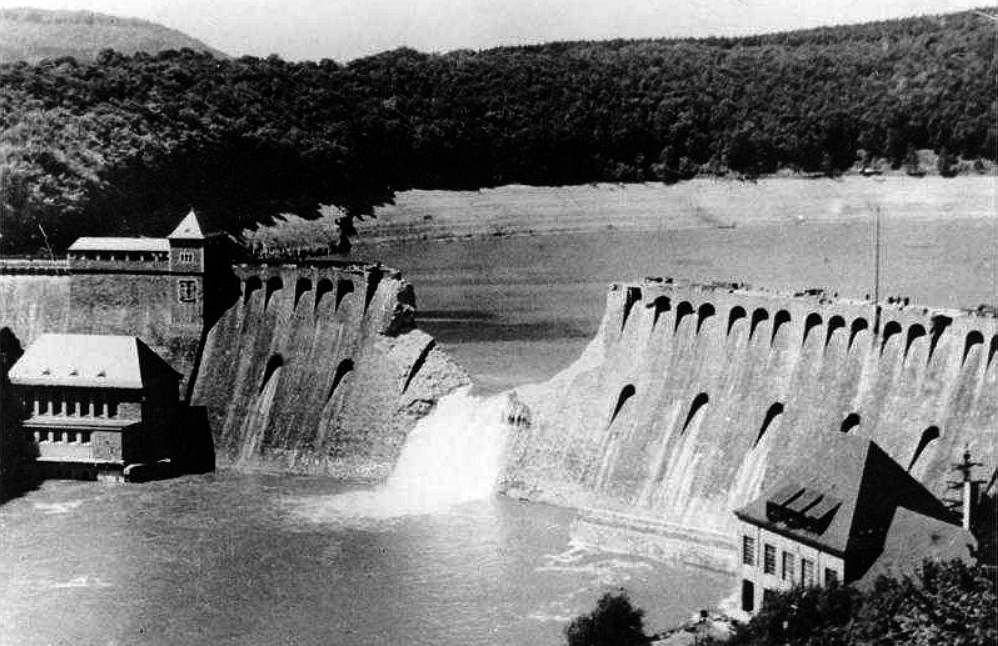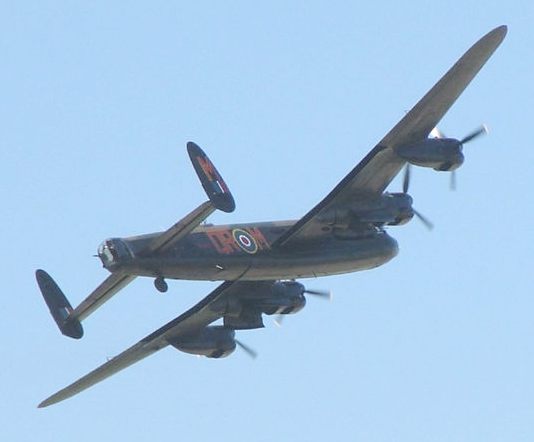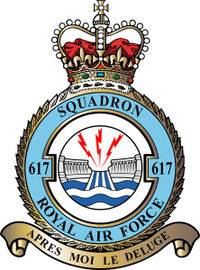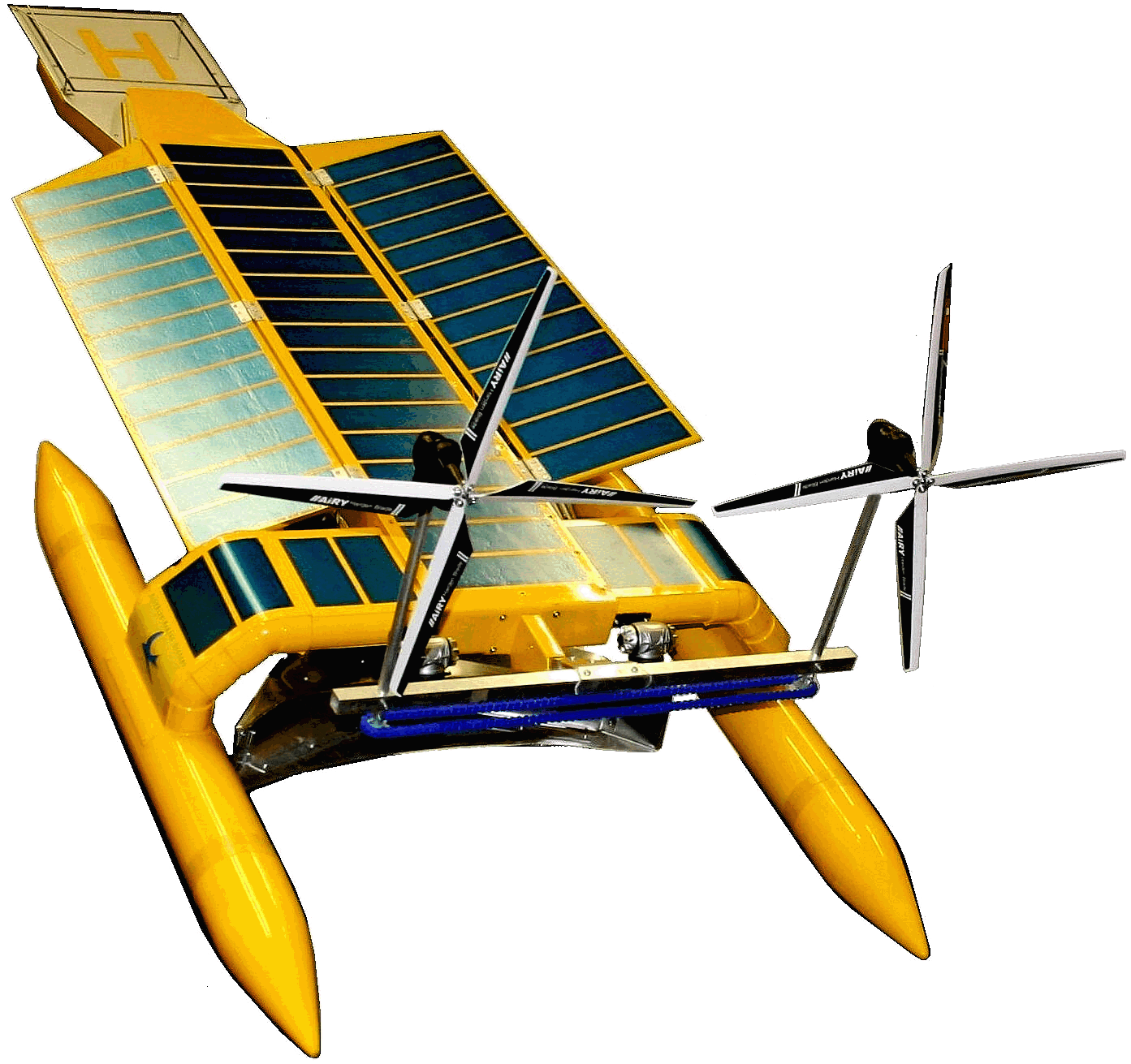|
THE DAMBUSTERS 617 SQUADRON
|
||||||||||||||||||||||||||||||||||||||||||||||||||||||||||||||||||||||||||||||||||||||||||||||||||||||||||||||||||||||||||||||||||||||||||||||||||||||||||||||||||||||||||||||||||||||||||||||||||||
|
What a fantastic picture. The men and the vehicle they flew into the history books.
This is one of the truly extraordinary stories that came from the 2nd World War. It was bound to end up as a motion picture, simply because the plot is so irresistible and could hardly have been dreamt up.
As in so many conflicts the British triumph in adversity through sheer dogged determination. One man has a daring idea and drives forward with it, trying to cut through a mountain of red tape, but being swept aside by men with conventional outlooks, until finally Winston Churchill has the vision to give the go ahead to develop what might be the worlds most specialised bomb.
Plot Summary for
The Dam Busters (1954)
British scientist Barnes Wallis invented the spinning cylindrical bomb - a bomb in a barrel - to blow up German dams. The German dams provided hydroelectric power, water supply and control of canal levels; thus a blow to the dams would be devastating to the Germans war effort.
A regular bomb would do no harm to the dams; the water would just cushion the impact unless the bomb was right up next to the dam. Torpedoes would not work because of nets around the dam to prevent such an attack. But if a bomb could be dropped from an airplane and then skip/bounce along the water right up to the dam, it could work. Barnes Wallis performed many experiments to determine if it could work at all, the size of the bomb, and how far from the dam it needed to be dropped.
Finally, Wallis worked out that a barrel bomb had to be dropped at a speed of 230 mph and a height of 60 ft. This is of course dangerously low flying, but at night, near enough suicidal. A special squadron of British pilots was gathered by Wing Commander Guy P. Gibson to do the job, the 617 Squadron (later called the Dam Busters or the Dam Raiders). Their targets were the Mohne, Eder, and Sorpe Dams on the Ruhr in Germany. They successfully breached the Mohne and Eder Dams, devastating Germany, but lost fifty-three men in the process.
Directed by - Michael Anderson
The Dam Busters DVD
This is a classic British war movie featuring Michael Redgrave as Dr Barnes Wallis and Richard Todd as Group Capt. Guy Gibson, who led the raid. It is not widely known that Guy Gibson died in a flying accident at a display in 1945 while not on active duty.
A documentary shown on TV attempted to explain the effectiveness of the breaching of the dams. The German spokesman pointed out that more collateral damage would have been done had the RAF concentrated on breaching the Sorpe dam rather than the Eider, which was targeted but not successfully.
The Derwent Water dam in the Lake District in Cumbria is still the same as shown in the film, where they practiced dummy runs and there is a small exhibition commemorating this event.
The
technique of bouncing projectiles was used by Admiral Horatio
Nelson,
when he found in certain conditions he could get more destructive
capability by firing his cannon balls low across the water. Barnes
Wallis freely admitted it was not a completely original idea, but
a modern development.
Also Known As:
Quotes:
Wing Commander Guy Gibson
THE DAMBUSTES RAID
Bomber Command Daily Report 18th May 1943 Extract
WESTERN GERMANY
19 Lancasters of 5 Group were detailed to attack the Moehne, Eder, Sorpe and Schwelm Dams.
MOEHNE DAM. 5 Lancasters attacked at 0038-0049 hours, dropping 5 special mines. The attacks were reported accurate and large water spouts, some of which caused water to over-run the dam, marked the bursting charges. The first aircraft, in spite of the accuracy of their attacks, did not apparently breach the dam; but the fourth and fifth aircraft caused two adjacent breaches, conservatively estimated to cover 30 yards of the dam, although the depth of the breach was not seen. The formation commander observed that water was pouring through the dam and the river below soon became several times its original size for a distance of 3 miles downstream. The Power House, situated immediately beneath the dam, completely disappeared under the water.
EDER DAM. 3 Lancasters attacked between 0139-0156 hours, dropped 3 special mines, 2 aircraft report that their attacks were visibly successful, one causing a hole about 30 feet below the top of the dam, and the other making a gap about 9 feet wide on the Eastern side. A torrent of water pouring through caused a tidal wave about 30 feet high to sweep down the valley.
SORPE DAM. 2 Lancasters attacked at 0046 and 0314 hours, dropping 2 special mines. The first aircraft reported that his attack caused the crown to crumble over a distance of 15-20 feet and the second aircraft reported that after his attack the dam was crumbling over a much greater distance. The latter aircraft returned to the Moehne Dam and reported that water was pouring through two large breaches in powerful jets.
SCHWELM DAM. 1 Lancaster attacked at 0337 hours, dropping 1 special mine without visible results. This aircraft also visited the Moehne Dam and reported difficulty in identifying this target which was obscured by a sheet of water 7 miles long. Roofs of houses could be distinguished projecting above the water which as flowing very fast.
The weather was good, there being bright moonlight with some intermittent mist in the valley.
8 Lancasters are missing, three of which are reported by radio transmissions to have attacked their targets. There is day photographic confirmation of the effectiveness of the attacks on Eder, Moehne and Sorpe dams.
The Eder dam, one of the targets of Operation Chastise. Note the missing sluice-gate holes on the left, which were not replaced after the attacks
HISTORY
Operation Chastise was the official name for the attacks on German dams on May 17, 1943 in World War II using a specially developed "bouncing bomb". The attack was carried out by Royal Air Force No. 617 Squadron, subsequently known as the Dambusters.
Development of the plan
The mission developed out of a bomb designed by Barnes Wallis and developed into a working device by a team at Vickers. Wallis was an aircraft designer and had the successful Wellesley and Wellington bombers to his credit. While working on the Warwick, he also began work on bomb design with dams specifically in mind.
His initial idea was for a 10-ton bomb to be dropped from 40,000 feet (12,200 m). However, research showed that a bomb sufficient to breach a dam without a direct hit would be too heavy for any available bomber to carry. A much smaller charge would suffice if it could be exploded directly against the dam wall below the surface of the water. The major German dams were protected by heavy torpedo netting to prevent such an attack, and Wallis's breakthrough was to overcome this. A drum-shaped bomb, spinning rapidly backwards (over 500 rpm) and dropped from a sufficiently low altitude at the right speed, would skip for the required distance over the surface of the water in a series of bounces before reaching the dam wall and then, using its residual spin, run down the wet side to the dam's base. An accurate drop could bypass the dam protection and let the bomb be detonated against the dam with a hydrostatic fuse. After testing, and many meetings, the idea was adopted on February 26, 1943. The bomb was codenamed 'Upkeep'. The dams were to be bombed in May of that year, when water levels would be highest.
The operation was given to 5 Group which formed a new squadron to undertake the mission. Initially called Squadron 'X', it was led by Wing Commander Guy Gibson, a veteran of over 170 missions. A further 21 crews were chosen from 5 Group to join the new squadron based at RAF Scampton, 5 miles north of Lincoln.
The targets were the three key dams near the Ruhr area, the Möhne, the Sorpe and the Eder Dam on the Eder River. The loss of hydroelectric power was important but the loss of water to industry, cities and canals would have greater effect.
Bouncing bomb at the Imperial War Museum Duxford
The aircraft were adapted Avro Lancaster Mk IIIs, dubbed Type 464 (Provisioning). To reduce weight, much of the armour was removed, as was the mid-upper turret. The substantial bomb and its unusual shape meant that the bomb doors were removed and the bomb itself hung, in part, below the body of the aircraft. It was mounted in two crutches and before dropping [1], it was spun up to speed by an auxiliary motor.
Bombing from 60 feet (18 m) at 240 mph (390 km/h), at a very precise distance from the target, required expert crews, intensive night and low-altitude flying training, and the solutions to two technical problems. The first was to know when the aircraft was the correct distance from the target. The two key dams at Möhne and Eder had a tower at each end. A special aiming device (a device with two prongs making the same angle as the two towers at the correct distance from the dam) showed when to release the bomb. The second problem was to measure the aircraft's altitude (the usual barometric altimeters lacked sufficient accuracy). Two spotlights were mounted under the nose and under the fuselage such that their beams would intersect 60 feet (18 m) from the underside of the plane. At the correct height, the two spots of light would merge into one on the surface of the water. The crews practised over the Eyebrook Reservoir in Leicestershire (built in 1940 to supply Corby steelworks), and the Derwent Reservoir, Derbyshire.
The bombs were delivered to the squadron on 13 May, after the final tests on 29 April. With promising weather reports the pilots, navigators and bomb aimers were informed of the targets on 15 May, the rest of the crews on the following day.
THE ATTACKS
Organisation
The Lancasters were organised into three groups. Formation 1 was to attack the Möhne and after that, aircraft still with bombs would attack the Eder. Formation 2 was to attack the Sorpe. The third group was a mobile reserve, it would take off two hours later and bomb as directed, either attacking the main dams or bombing smaller dams at Schwelm, Ennepe and Diemel.
Formation 1 was of nine aircraft in three groups — Gibson, Hopgood, Martin; Young, Astell, Maltby; and Maudslay, Knight, Shannon. Formation 2 was of five aircraft, those of McCarthy, Byers, Barlow, Rice and Munro. Formation 3 consisted of the aircraft of Townsend, Brown, Ottley and Burpee. Two crews were unable to make the mission because of illness.
The operations room for the mission was at 5 Group headquarters in Grantham. The codes (transmitted in morse) for the mission were agreed on as Goner for bomb dropped, Nigger for the Möhne breached and Dinghy for the Eder breached. The Nigger code was after Gibson's black dog [2] that had been run over and killed on the morning of the 17th. Dinghy was from the nickname of Gibson's friend Young who would be flying A-Apple - Young had had to make forced landings in the sea several times on operations, he and his crew having to resort to the aircraft's inflatable liferaft. Thereafter, he had been known-as "Dinghy Young".
The outbound flights
The outbound flights were flown at treetop level (between 75 and 120 feet) to avoid detection by the German air defence radar. The aircraft flew two routes, carefully skirting known flak hot spots.
Formation 1 entered continental Europe between Walcheren and Schouwen, crossed the Netherlands, skirting the airbases at Eindhoven and Gilze-Rijen, curved round the Ruhr defences and turned north to avoid Hamm before turning to head south to the Möhne. Formation 2 flew further northwards, cutting over Vlieland and crossing the IJsselmeer before joining the first route near Wesel and then flying south beyond the Möhne to the Sorpe.
The first aircraft, those of Formation 2 and heading for the longer northern route, took off at 21h10. McCarthy's aircraft had a hydraulics fault and he took off in a reserve craft twenty minutes late. Formation 1 took off from 21h25.
The first casualties were taken soon after the craft reached the Dutch coast. Formation 2 did not fare well: Munro's aircraft lost his radio to flak and turned back over the Zuider Zee while Rice flew too low and lost his bomb in the water but recovered the aircraft to return to base. The aircraft of both Barlow and Byers crossed over the coast around Harderwijk and were shot down shortly thereafter. Only the tardy aircraft of McCarthy survived across the Netherlands. Formation 1 lost only Astell, somewhere over Roosendaal.
|
||||||||||||||||||||||||||||||||||||||||||||||||||||||||||||||||||||||||||||||||||||||||||||||||||||||||||||||||||||||||||||||||||||||||||||||||||||||||||||||||||||||||||||||||||||||||||||||||||||
|
Aircraft Call Sign |
Commander |
Target |
Notes |
|---|---|---|---|
|
First Wave |
|||
|
G George |
WGCDR Gibson |
Möhne Dam |
Raid leader. Mine exploded short of dam. Used aircraft to draw AA fire away from other crews. |
|
M Mother |
FLTLT Hopgood |
" |
Hit by AA fire outbound. Mine bounced over dam. Shot down over target whilst attacking. |
|
P Peter (Popsie) |
FLTLT Martin |
" |
Mine missed target. |
|
A Apple |
SN Young |
" |
Mine hit dam and caused small breach. Shot down over Dutch coast inbound. |
|
J Johnny |
FLTLT Maltby |
" |
Mine hit dam and caused large breach. |
|
L Leather |
FLTLT Shannon |
Eder Dam |
Mine hit target - no effect. |
|
Z Zebra |
SN Maudsley |
" |
Mine overshot target and damaged aircraft. Shot down over Germany inbound. |
|
N Nut |
PO Knight |
" |
Mine hit dam and caused large breach. |
|
B Baker |
FLTLT Astell |
N/A |
Crashed after hitting power lines outbound. |
|
Second Wave |
|||
|
T Tommy |
FLTLT McCarthy |
Sorpe Dam |
Mine hit target - no effect. |
|
E Easy |
FLTLT Barlow |
N/A |
Crashed after hitting power lines outbound. |
|
K King |
PO Byers |
" |
Shot down over Dutch coast outbound. |
|
H Harry |
PO Rice |
" |
Lost mine after clipping sea outbound. Returned without attacking target. |
|
W Willie |
FLTLT Munro |
" |
Damaged by AA Fire over Dutch coast. Returned without attacking target. |
|
Third Wave |
|||
|
Y York |
FLTSGT Anderson |
Lister Dam |
Could not find target due to mist. |
|
F Freddy |
FLTSGT Brown |
Sorpe Dam |
Mine hit target - no effect. |
|
O Orange |
FLTSGT Townsend |
Ennepe Dam |
Mine hit target - no effect. |
|
S Sugar |
PO Burpee |
N/A |
Shot down over Holland outbound. |
|
C Charlie |
PO Ottley |
" |
Shot down over Germany outbound. |
Badge of 617 Squadron
commemorating Operation Chastise
After the raid
In all, 53 of the 133 aircrew were killed and three bailed out to be made POWs. Of the surviving aircrew thirty-three were decorated at Buckingham Palace on 22 June, with Gibson awarded the Victoria Cross. There were five DSOs, ten DFCs and four bars, twelve DFMs and two CGMs.
After a public relations tour of America, Gibson returned to operations and was killed on a mission in 1944.
Following the dams raid, 617 Squadron was kept together as a specialist unit. The squadron badge ("on a roundel, a wall in fesse, fracted by three flashes of lightning in pile and issuant from the breach, water proper") was chosen and a motto "Après moi le déluge" (After me the Flood). The squadron went on to drop Wallis' massive Tallboy bomb and Grand Slam bomb, using an advanced bomb sight which enabled the bombing of small targets with far greater accuracy than was routinely obtained with conventional bomb aiming techniques. The squadron is still active today.
Effect on the war
The tactical view
The Möhne, Sorpe, and Ennepe lakes poured around 330 million tons of water (equivalent to a cube 687 metres on each side) into the western Ruhr region. Mines were flooded and houses, factories, roads, railways and bridges destroyed as the flood waters spread for around 50 miles (80 km) from the source. The Eder drains towards the east into the Fulda, flooding farmland and several villages. Estimates show that before 15 May 1943 water production on the Ruhr was 1 million tonnes, which dropped to a quarter of that level after the raid. In terms of deaths: 1,294 people were killed, 749 of them Ukrainian POWs from a camp just below the Eder Dam. After the operation Barnes Wallis wrote, "I feel a blow has been struck at Germany from which she cannot recover for several years".
However, on closer inspection, Operation Chastise did not have the military effect that was at the time believed. By 27 June, full water output was restored, thanks to an emergency pumping scheme inaugurated only the previous year, and the electricity grid was again producing power at full capacity. The raid proved to be costly in lives (more than half the lives lost belonging to allied POWs), but in fact no more than a minor inconvenience to the Ruhr's industrial output. However, the pictures of the broken dams proved to be an immense morale boost to the Allies, especially to the British, still suffering under German bombing.
The diplomatic view
An important reason for planning the raid was to persuade Stalin that Britain was capable of being an effective ally and that as a consequence, the Soviet Union should continue to resist the German invasion of its territory.
This was the middle period of the war when the Japanese had relatively recently brought the United States into it on Britain's side (see Attack on Pearl Harbor). Germany had a little earlier done the same with the Soviet Union (see Operation Barbarossa). However, the Soviet Union was in a very serious position, although by the time the preparations for the raid were complete the USSR had found the capacity to begin its counter-offensive on the Don and Volga.
The Dams Raid enabled Churchill, in negotiations with the leaders of these new allies, to point to an effective strike against the hitherto apparently invincible German state so that he was taken more seriously as an ally than might otherwise have been the case. This was relevant vis-à-vis Stalin but also in the USA. Although Churchill had the sympathetic ear of Roosevelt, many of the US military staff were less persuaded of the value of British experience and capabilities. (See Churchill, W.S. (1951).)
The strategic view
The Dams Raid was, like many of the air raids, undertaken with an ongoing view to the need to keep drawing German defensive effort back into Germany and away from actual and potential theatres of ground war, a policy which culminated in the Berlin raids of the winter of 1943–44. In May 1943 this meant keeping the Luftwaffe and anti-aircraft defence forces' effort away from the Soviet Union; in early 1944, it meant clearing the way for the aerial side of the forthcoming Operation Overlord.
LINKS and REFERENCES
Guy Gibson biography from UK educational site
Guy Penrose Gibson V.C. 617 Squadron, The Dam Busters (VC transcript and background)
The Dams Raid (highly detailed account of the action)DEAD LINK
Wing Commander Guy Penrose Gibson (39438) (detailed biography and military service record)
Famous Personnel - Guy Gibson VC (very detailed biography)
The
Dambusters (Website in
Dutch)
The Longest Lancaster Operation - 10 Hours 25 Minutes
The Longest Lancaster Operation - 10 Hours 25 Minutes
Surviving Birmingham and Manchester made Avro Lancasters
PA474 of the Battle of Britain Memorial Flight
FM 213 of the Canadian Warplane Heritage Museum
Lancaster FM159 - The Nanton Lancaster
The Australian War Memorial G for George page
Video-Lancaster Bomber Taxi Run at Aviation Museum
Warbird
Alley: Lancaster page -
Information about Lancasters still airworthy today
Official site of the Royal Air Force about Operation Chastise
Site with details of the raids, full crew listing, links to present day 617 Sqn and much more
Online Dambusters exhibition at the UK National Archives
Secrets of the Dead: Bombing Nazi Dams and their link page
BBC Online - Myths and Legends - Home of the Dambusters
Dambuster & Guy Gibson website in Dutch /
COMMENT: One of my favourite films; "stirring stuff." This is what made Britain great in days gone by. Taking an idea that to many would seem ludicrous and developing that idea, until even the MOD began to take it seriously - or rather, the big guy did: Winnie.
A - Z FILMS INDEX
|
|
|
A - Z ACTORS INDEX
|
|
|
|
This website is Copyright © 1999 & 2016 Cleaner Oceans Club Limited - an educational charity working hard to protect the planet.
